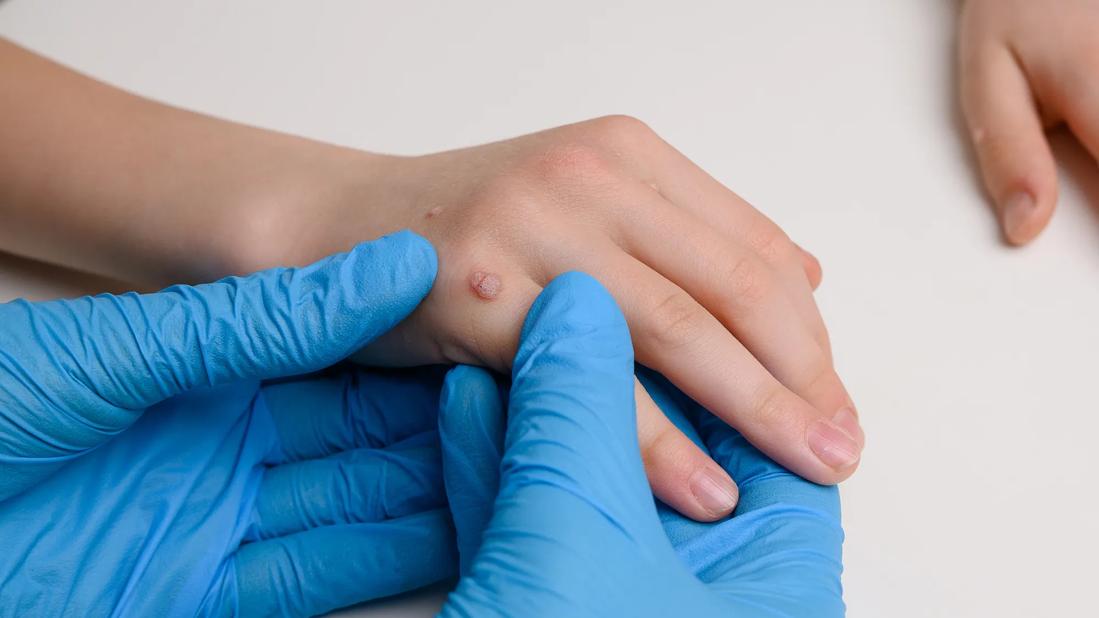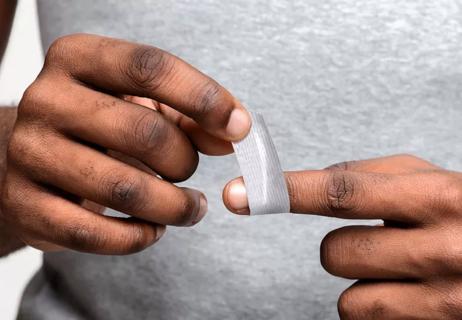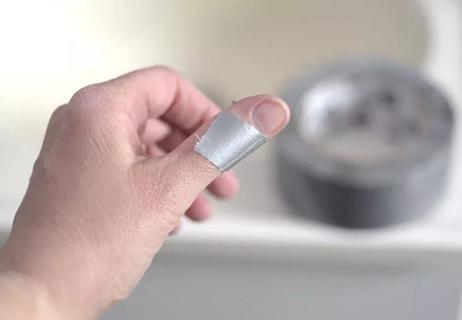Some warts will clear up on their own, but others may need home remedies or medical care

Kids and germs. They go together like peanut butter and jelly.
Advertisement
Cleveland Clinic is a non-profit academic medical center. Advertising on our site helps support our mission. We do not endorse non-Cleveland Clinic products or services. Policy
And sometimes, those germs can cause warts.
Why do childhood warts happen? And what should you do about them? Pediatrician Joshua Coleman, MD, explains and offers advice.
Kids get warts for the same reasons adults do: They come into contact with human papillomavirus (HPV).
Now, let’s back up, because if HPV immediately makes you think of a sexually transmitted infection (STI), that can sound scary.
It doesn’t have to be.
There are more than 100 different kinds of HPV. About 30 of them are transmitted through sexual contact. In those cases, HPV can lead to genital warts and can increase your risk of certain cancers.
But warts on other areas of your kid’s body aren’t STIs. And they aren’t linked to cancer.
They’re caused by different types of HPV. Childhood warts are very common and are most often found on kids’ hands and feet.
The viruses that cause childhood warts can spread through everyday touch. Your child could pick up the virus through skin-to-skin contact (like holding hands) or by touching a surface where the virus is hanging out. Once it enters the skin, it can settle in and cause a wart.
“Kids tend to touch things in public places, and may not always practice the best hand hygiene,” Dr. Coleman notes. “That increases their chances of picking up the virus that causes warts.”
Advertisement
Think, too, about kids who participate in sports like swimming, wrestling, gymnastics, karate or other activities that involve lots of physical contact or use shared equipment or mats. It can be a perfect opportunity for warts to spread.
Childhood warts often resolve on their own. Others may need home remedies or medical treatment.
“Sometimes, warts are transient,” Dr. Coleman confirms. “That means your body mounts an immune defense and tamps it down.”
If your kid’s wart doesn’t go away on its own, you can try:
What shouldn’t you do?
“Don’t try cutting them off. Don’t try sanding them down or picking at them,” Dr. Coleman warns. “That doesn’t seem to work, and it can cause worse problems.” Namely — bleeding, spreading and infection.
You can’t always prevent childhood warts. But these tips can help:
If your child has warts affecting their genitals or butt, seek medical care immediately, as that can be a sign of an STI.
For warts in other places, seek medical attention if your child’s wart is:
Their healthcare provider may recommend prescription topical treatments or office treatments, like cryotherapy (freezing) or laser removal.
Childhood warts are common, harmless and usually temporary, even if they’re a little annoying. With time, patience and the right care, most warts go away on their own.
Advertisement
Learn more about our editorial process.
Advertisement

It’s an effective treatment, but only on certain kinds of warts

You’ll be surprised which weird remedies actually make a difference

The emergency room is for serious medical issues; urgent care can help when you can’t get a quick appointment with your child’s doctor

Gripe water isn’t regulated by the FDA, and research doesn’t support its use

Lice don’t jump — but they can spread with direct head contact

Autism and OCD often co-occur, but distinguishing between them is crucial for successful treatment

An allergist can help you make a plan that includes information about what to do in case of an allergic emergency

Jaundice that’s present at birth or lasts more than a week should be evaluated by a pediatrician

The best parenting style balances enforcing rules and showing plenty of love

Tips include cutting back on sugar, focusing on exercise and managing stress

It can be harder to let go when you’ve invested time, energy and emotions — but it might be the healthier choice long term